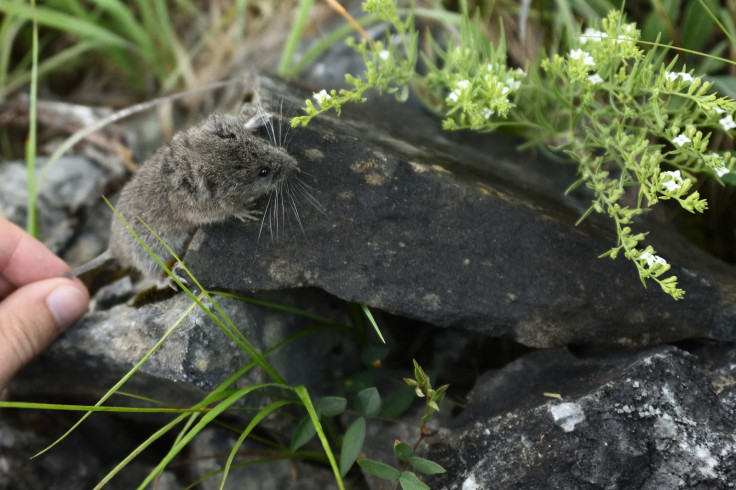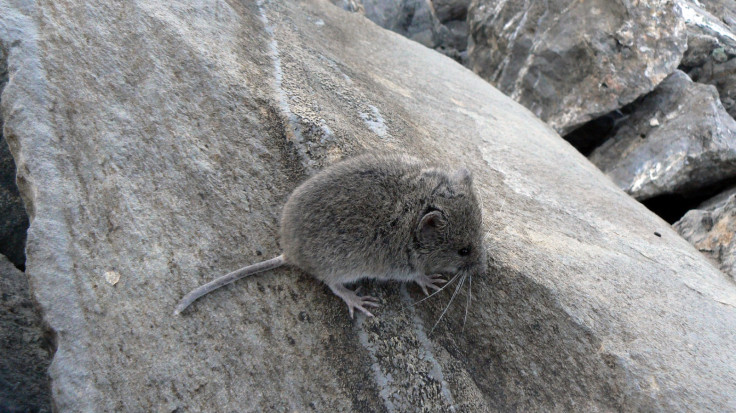Evolution you can see: Tiny snow voles getting even tinier because of early winters in Switzerland
The shrinking voles are responding to the environmental change in a way ecologists didn't expect.
Real-time observation of evolution in wild snow voles in Graubünden, Switzerland, are showing that smaller snow voles are more likely to survive.
This surprising response contradicts ecologists' previous theories of how the voles respond to earlier winters. Previously, researchers supposed that larger voles would be hardier and better able to survive an early winter, as larger bodies are easier to keep warm.
"Contrary to our expectations, they didn't get bigger," said study author Erik Postma of the Institute of Evolutionary Biology and Environmental Sciences at the University of Zurich. "Instead, adaptive evolution pushed the voles to become smaller and lighter."
A genetic analysis has shown that voles that with genes tending to make them smaller are more likely to reproduce and pass on those genes, possibly by letting them achieve their full size before the onset of winter, according to the paper in the journal PLOS Biology.
For more than a decade the researchers studied the snow voles, which live in an alpine habitat at an altitude of 2,000 metres. The voles, which can measure up to about 14cm long, have a generation time of one to two years, and can live for up to four years.
The researchers collected DNA samples to see how early winters in Switzerland had affected the voles' recent evolution. Between 2006 and 2014, the voles were caught using live traps baited with apple and peanut butter. The researchers would then take a small tissue sample from the voles' ears and analysed back in the lab.

"The voles whose genetic make-up led to a lower body weight were the fittest, especially in years when the first winter snow fell earlier than usual," said Postma. "We assume that a climate fluctuation – several consecutive years with early snowfall – is the selection pressure behind this evolutionary adaptation."
Snow has fallen on average 23 days earlier in the study period compared with the previous 10 years. It's not yet clear whether this is a long-term phenomenon or a fluke of recent years, Postma said.

The researchers say that a population decline in recent years effectively masked the genetic changes that were happening. This meant that each animal had more food available, so the average weight of the voles remained the same – in other words, the voles were smaller but fatter for a while.
It was only after the scientists separated out the effect of having more food around from the overall genetic evolutionary drivers that the fact that the voles were shrinking could be established.

© Copyright IBTimes 2025. All rights reserved.






















